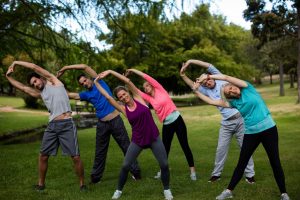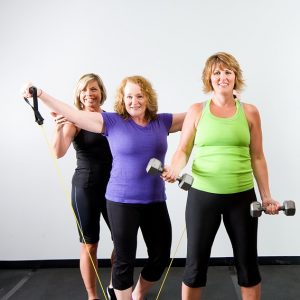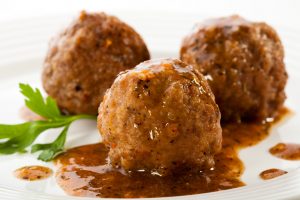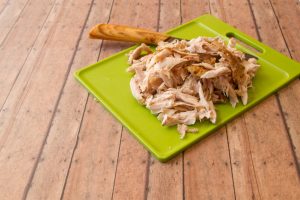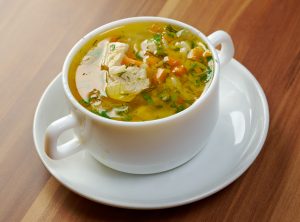Prep Time: 10 minutes
Cook Time: 10 minutes
Yield: 8 tacos
This jackfruit turns into a plant-based version of “pulled pork” carnitas.
INGREDIENTS
For the jackfruit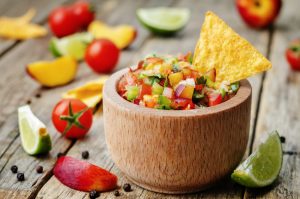
- 2 15-ounce cans green jackfruit in water or brine
- 1/2 cup minced yellow onion
- 3 cloves garlic
- 2 tablespoons extra virgin olive oil
- 1 to 1 1/2 tablespoons adobo sauce (from 1 can chipotle peppers in adobo)
- 2 tablespoons cocoa powder
- 2 tablespoons tomato paste
- 2 teaspoons ground cumin
- 1 teaspoon oregano
- 1/4 teaspoon kosher salt
- 1/2 cup water
For the tacos
- 8 corn tortillas
- Chopped romaine
- Fresh cilantro
- fresh salsa
- Black beans, to serve on the side*
*To keep the meal filling enough (since jackfruit doesn’t have much protein), try to serve with black beans on the side!
INSTRUCTIONS
- Rinse and drain the jackfruit in a colander, pressing down to extract as much water as possible. Run your hands through the pieces, pulling and separating them into shreds with your fingers.
- Mince the onion. Mince the garlic.
- Heat the olive oil in a large skillet over medium heat. Add onion and garlic and sauté for 3 to 4 minutes until tender and fragrant, but before the garlic browns. Add the jackfruit and remaining ingredients (add 1 tablespoon of adobo sauce for a mild recipe, up to 1 1/2 or 2 tablespoons for a spicier recipe). Cook for about 5 minutes on medium low heat until saucy.
- If desired, char the tortillas by placing them on an open gas flame on medium for a few seconds per side, flipping with tongs, until they are slightly blackened and warm.
- To serve, place the jackfruit, romaine, salsa fresca, and torn cilantro leaves in a warmed tortilla. Serve immediately with refried beans.
NUTRITION
Serving Size: 1 Taco
Calories Per Serving: 145
Total Fat 5.4g, Total Carbohydrate 24.5g, Sugars 8.8g, Protein 2.8g
Original recipe can be found here!!


